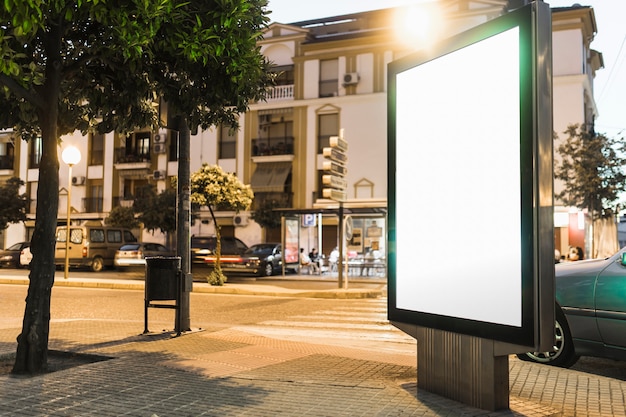Outdoor advertising has evolved significantly in recent years, integrating new technologies and methods to capture the public's attention.

Effectively measuring OOH (Out Of Home) audiences has become a crucial task for companies looking to maximize the impact of their advertising campaigns.
In this guide, we will explore the key approaches and metrics to perform this measurement accurately and effectively.
What is OOH audience measurement and why is it important?
OOH media measurement is essential to assessing the impact of outdoor advertising. Unlike traditional media, OOH measurement presents unique challenges due to the variety of locations and formats.
Knowing the key metrics and approaches for measuring these audiences enables more effective project planning and provides valuable data to investors and stakeholders.
There are several methods for measuring OOH audiences. The main approaches include:
- Circulation: Audience count near the OOH frame.
- Opportunity to See (OTS): Audience passing in front of an OOH frame.
- Opportunity to Contact (OTC): Audience in the visible area and in the right direction.
- Visually Adjusted Contact (VAC): Probability model that determines the proportion of people who will look at the OOH frame.
Factors influencing audience attention
- Frame size: Larger ads tend to attract more attention.
- Type of lighting: Proper lighting can significantly increase visibility.
- Maximum viewing distance: The location and height of the sign determines how visible it is from different points.
- Orientation: The direction in which the ad is oriented with respect to the audience's direction of travel.
- Exposure time: The time a person has to view the ad.
- Speed of movement: The speed at which the audience moves (pedestrian or vehicular).
- Mode of travel: Whether the audience is walking, cycling or in a vehicle.
- Dynamic changes: Changing or animated images can attract more attention.
- Visual Obstacles: Elements that may block the view of the advertisement.
Enhanced measurement for DOOH (Digital Out Of Home)
Additional attraction
Digital displays typically have higher visibility due to their dynamic lighting and transitions. This effect is measured and adjusted in the base VAC model to reflect the additional attraction.
Visibility of multiple messages
Digital displays allow more than one message to be shown at the same time. It is crucial to understand the duration of both the audience and the ad to calculate and adjust the OTS.
Time granularity
More detailed audience measurements are needed in short periods for digital displays, ensuring accurate and effective measurement.
OOH audience measurement studies
Studies such as AM4DOOH have analyzed the viewability of DOOH ads using virtual materials and eye tracking.
This project, sponsored by WOO, showed that digital ads are more likely to be seen than non-digital ads, with increases of 1.25 and 1.16 times for motorists and pedestrians, respectively.
Effective OOH audience measurement is crucial to maximizing the impact of outdoor advertising. With a clear understanding of the metrics and factors that influence viewability, companies can optimize their strategies and provide useful data to investors.
Act Now!
If you want your OOH advertising campaign to reach its full potential, it is essential to implement an effective measurement strategy.
Contact us today to learn more about how we can help you optimize your ads and achieve a greater impact on your audience.




